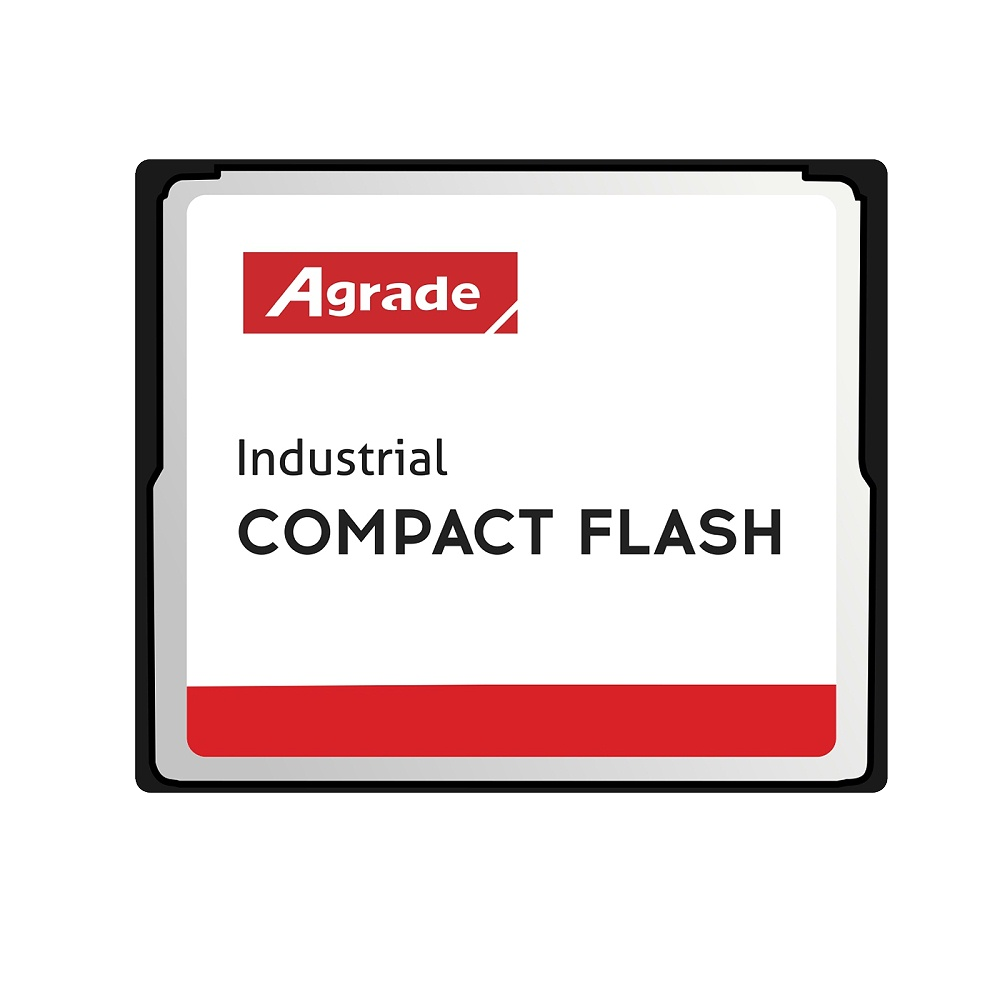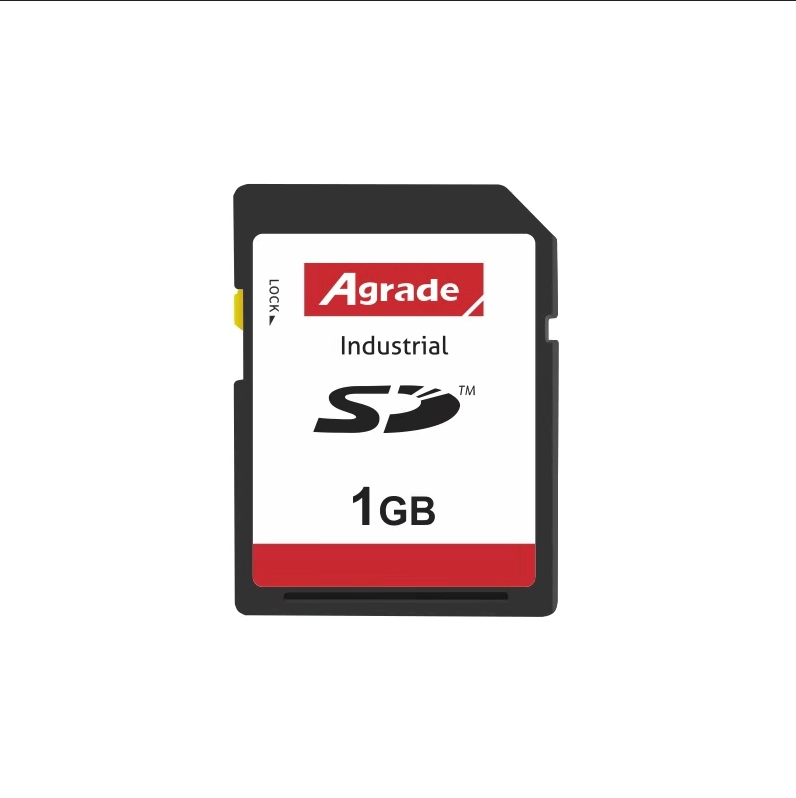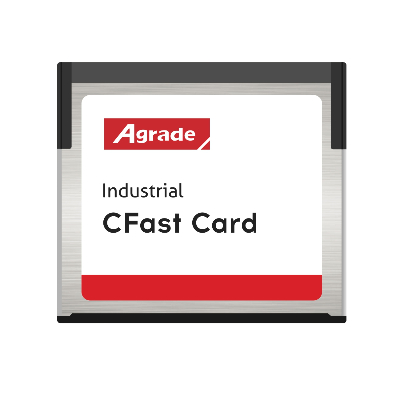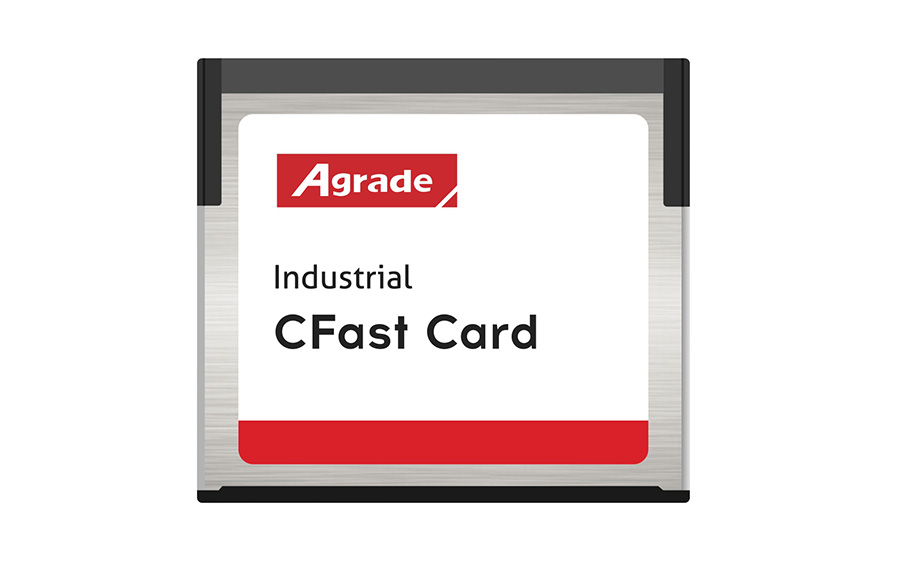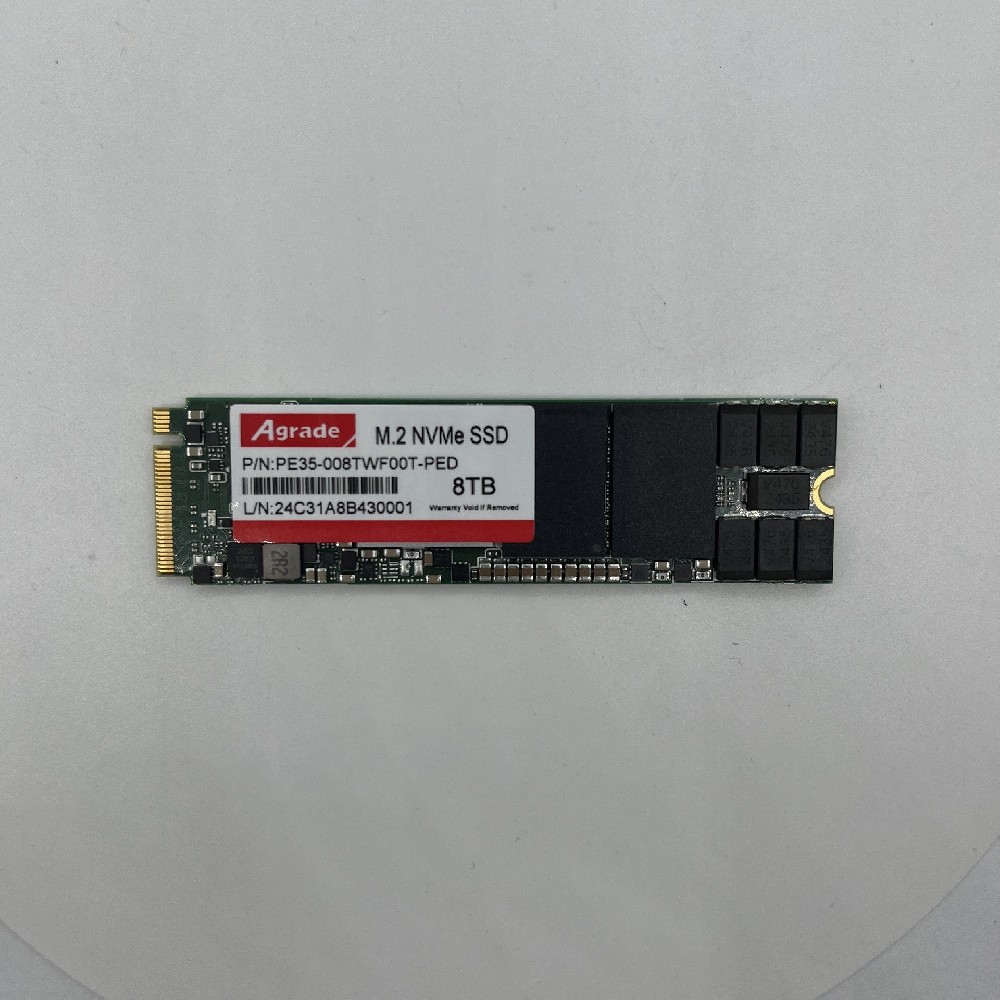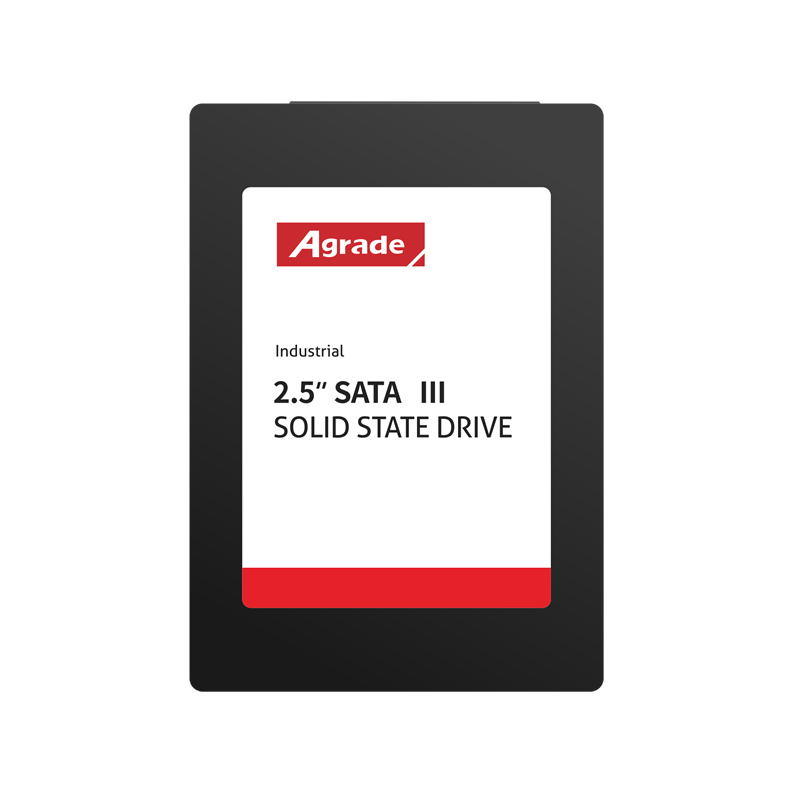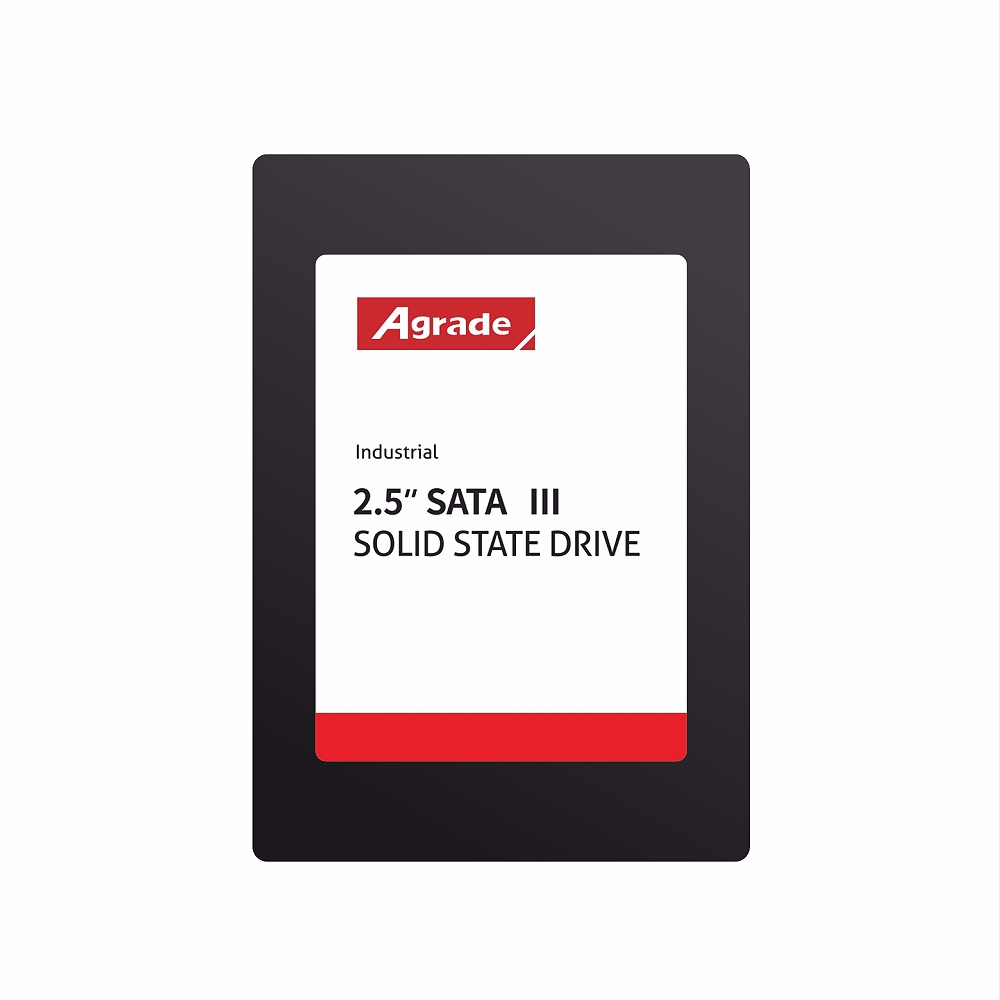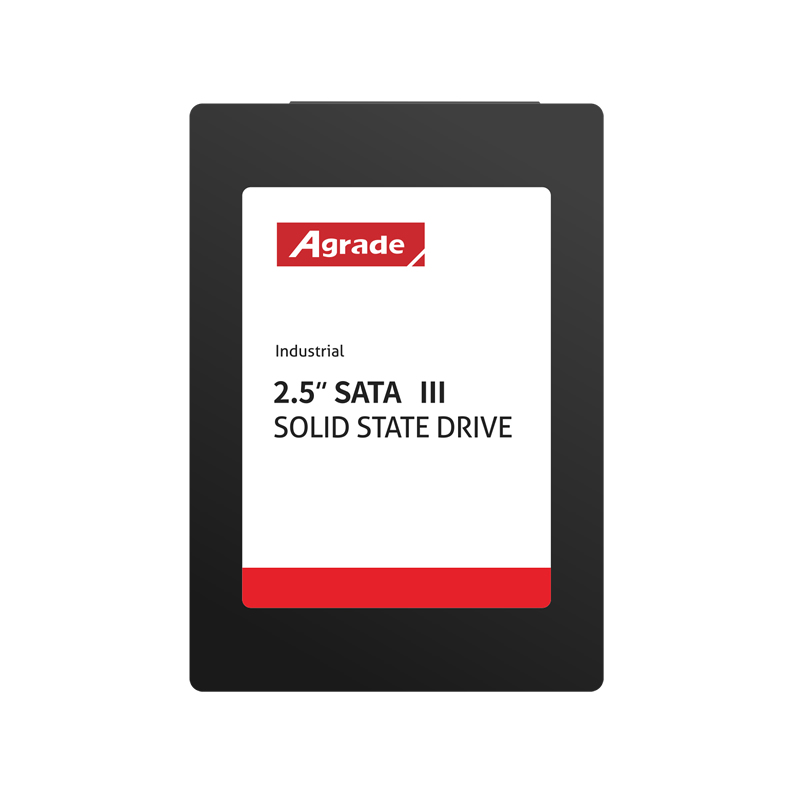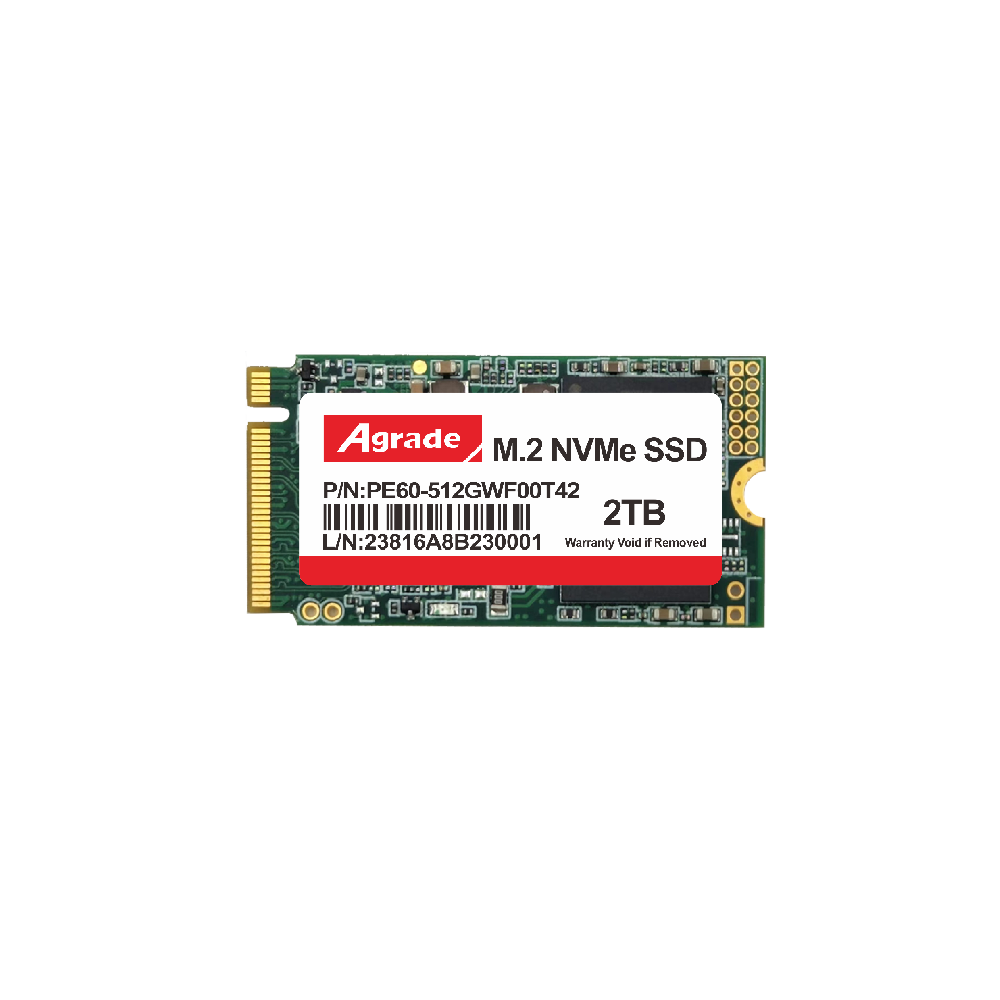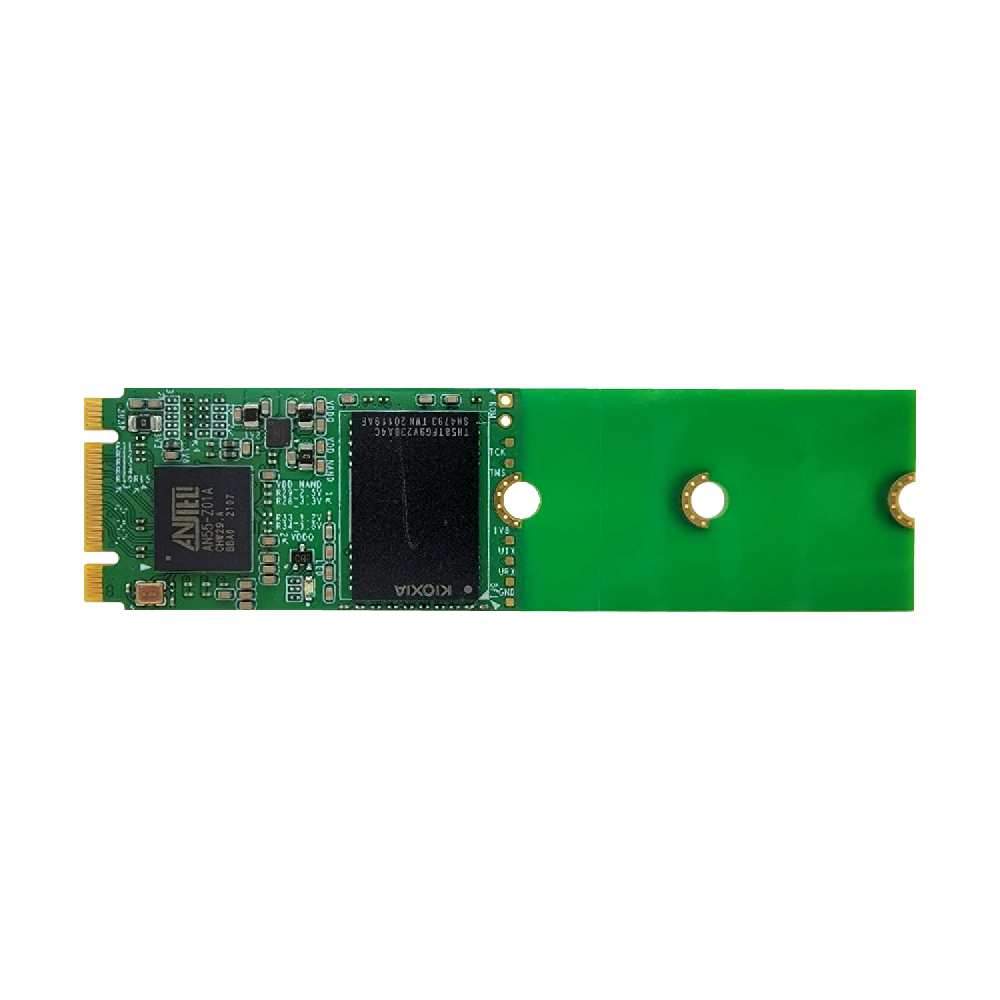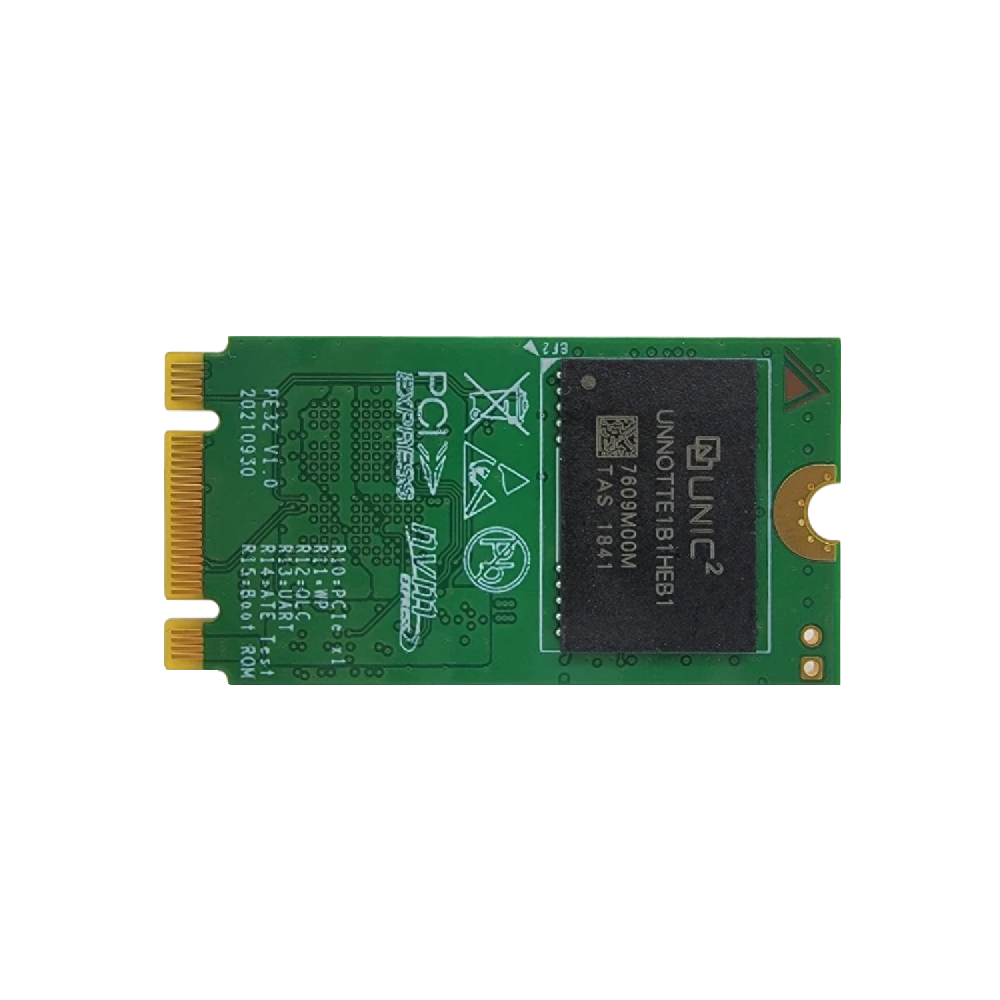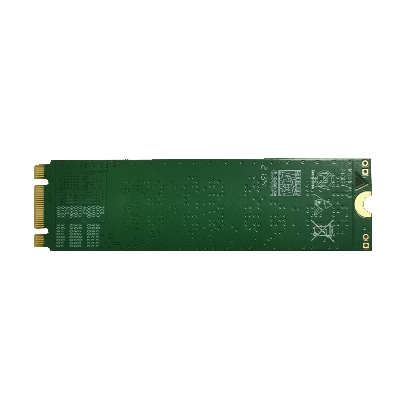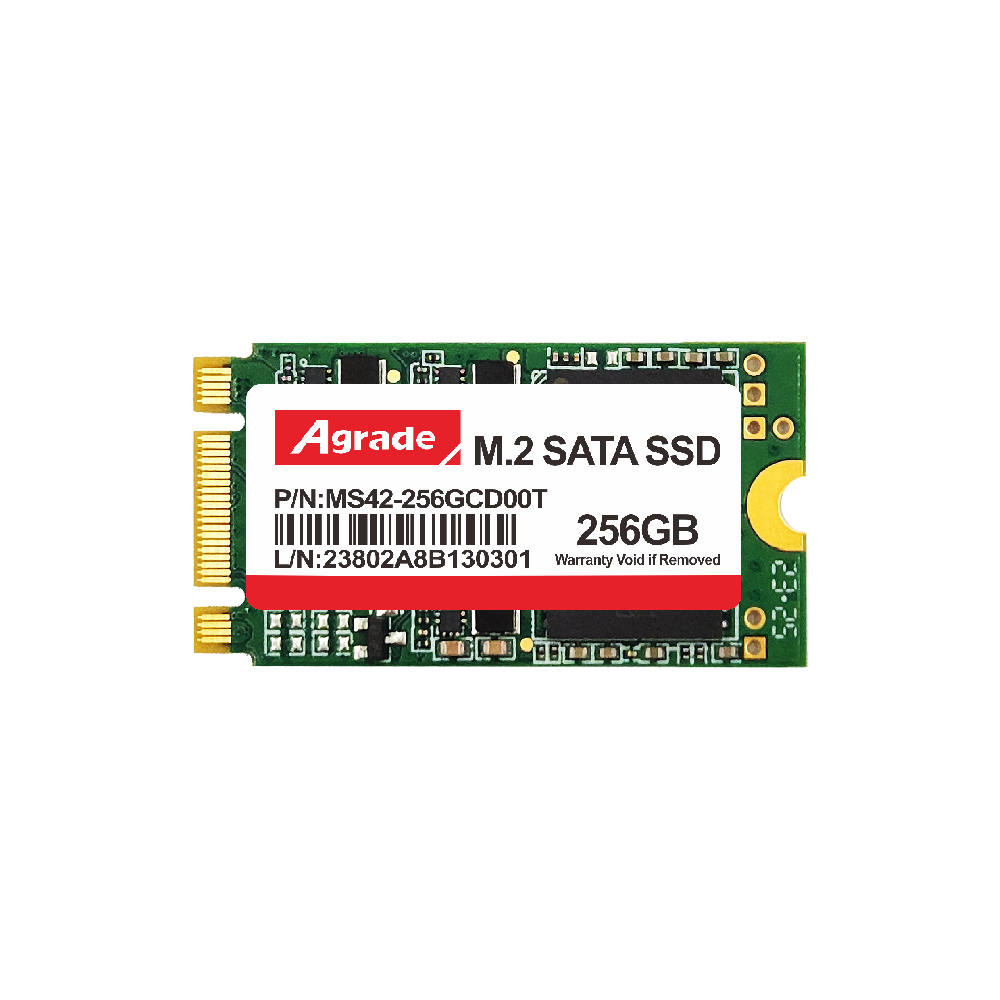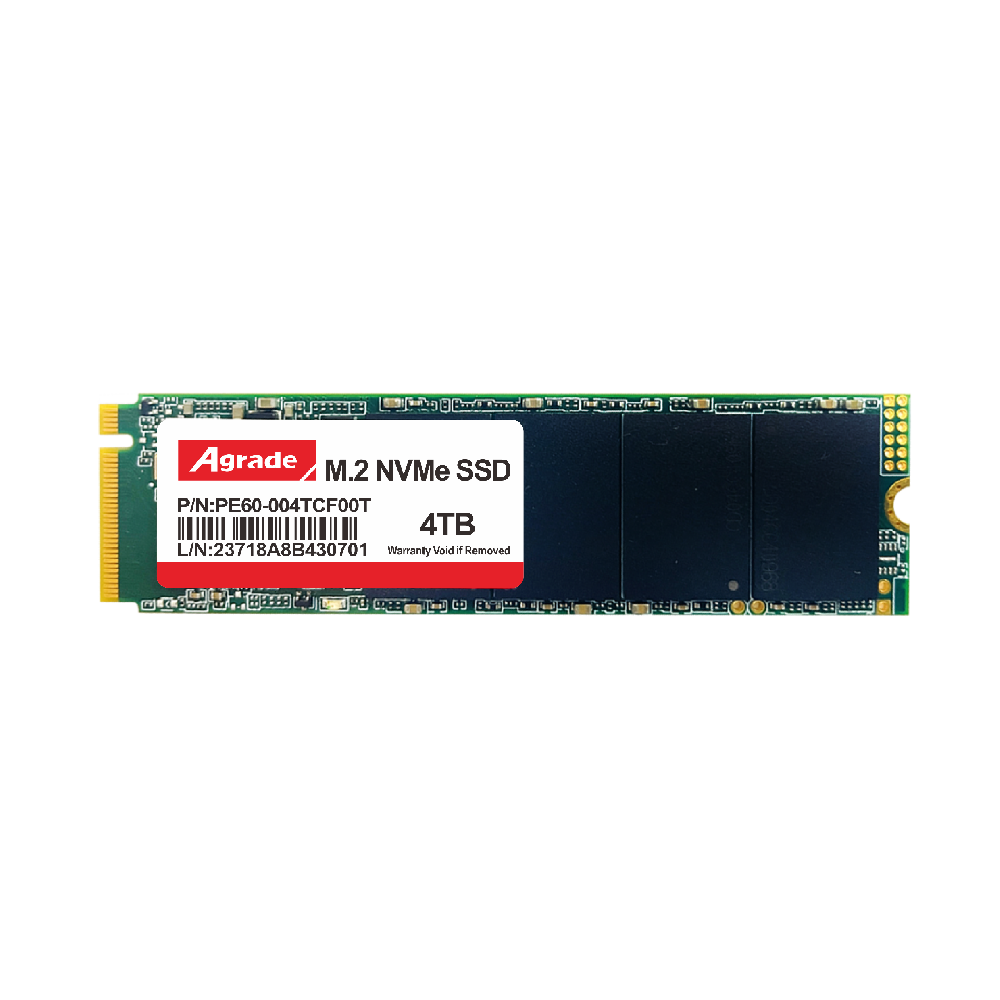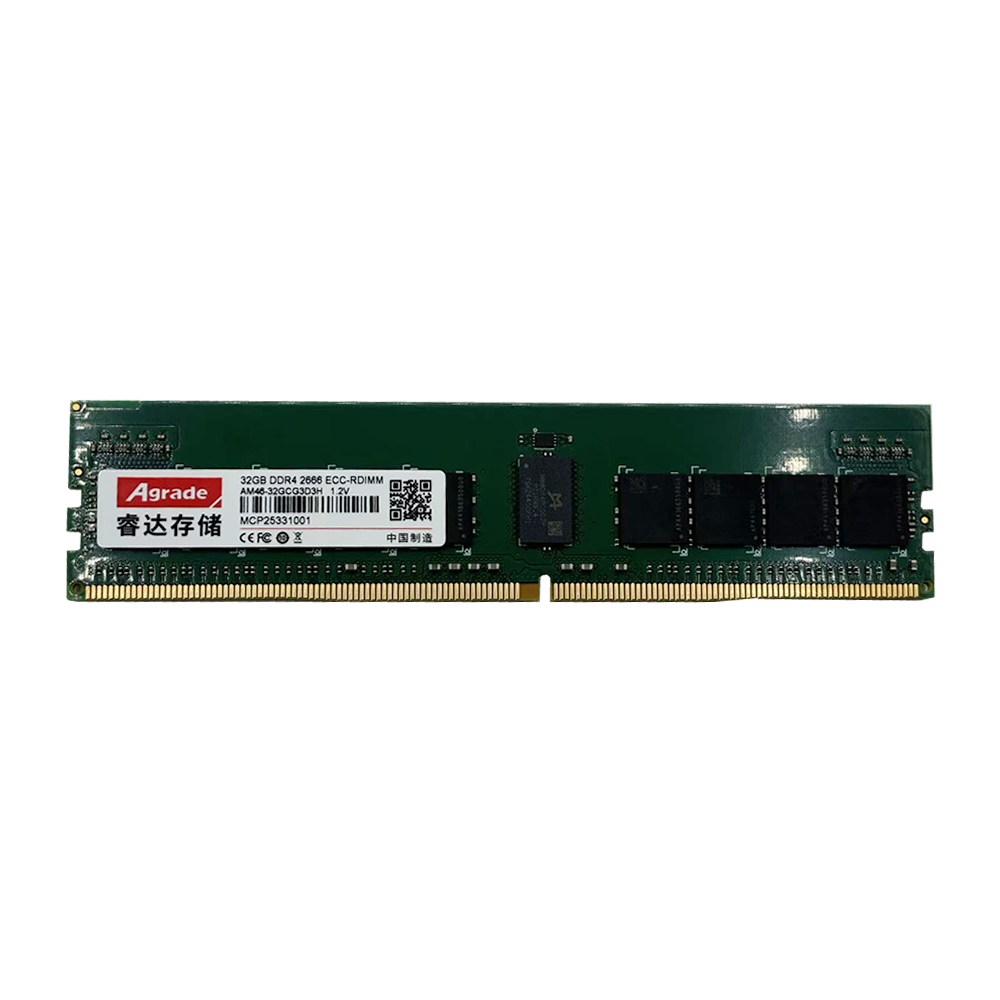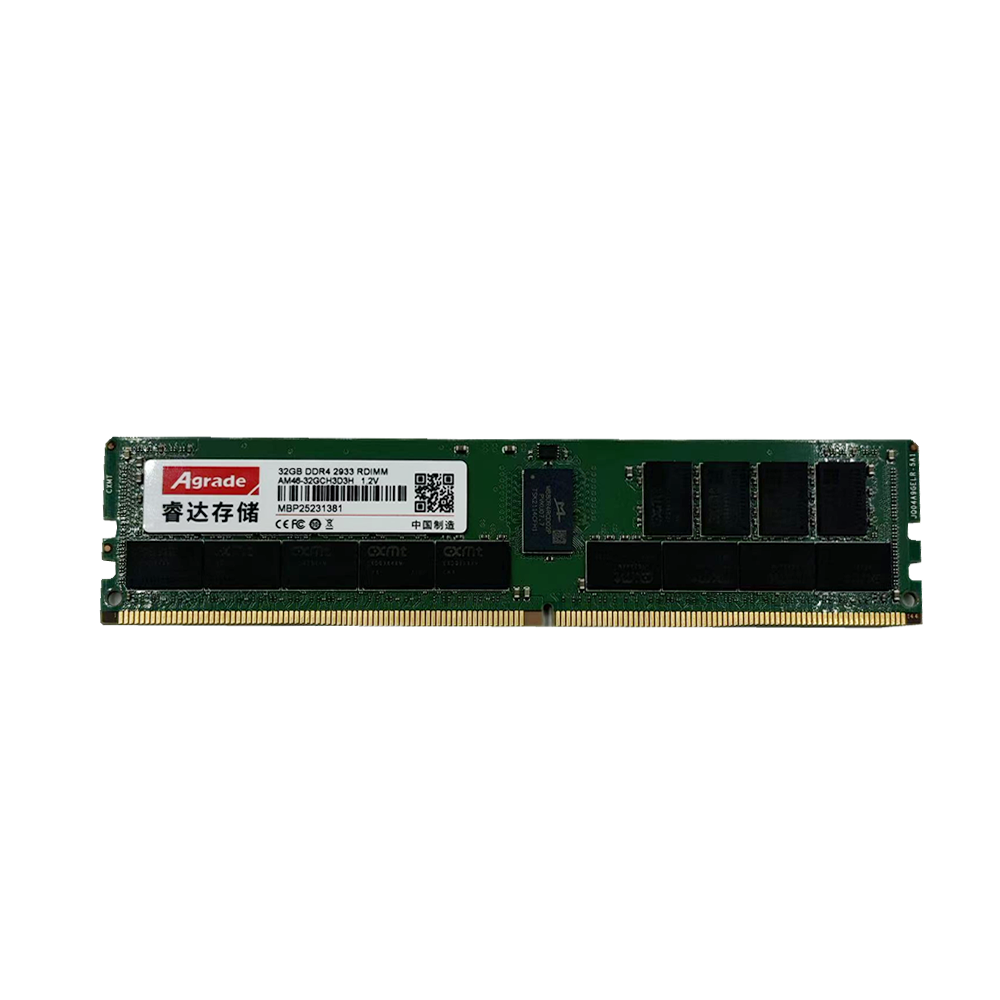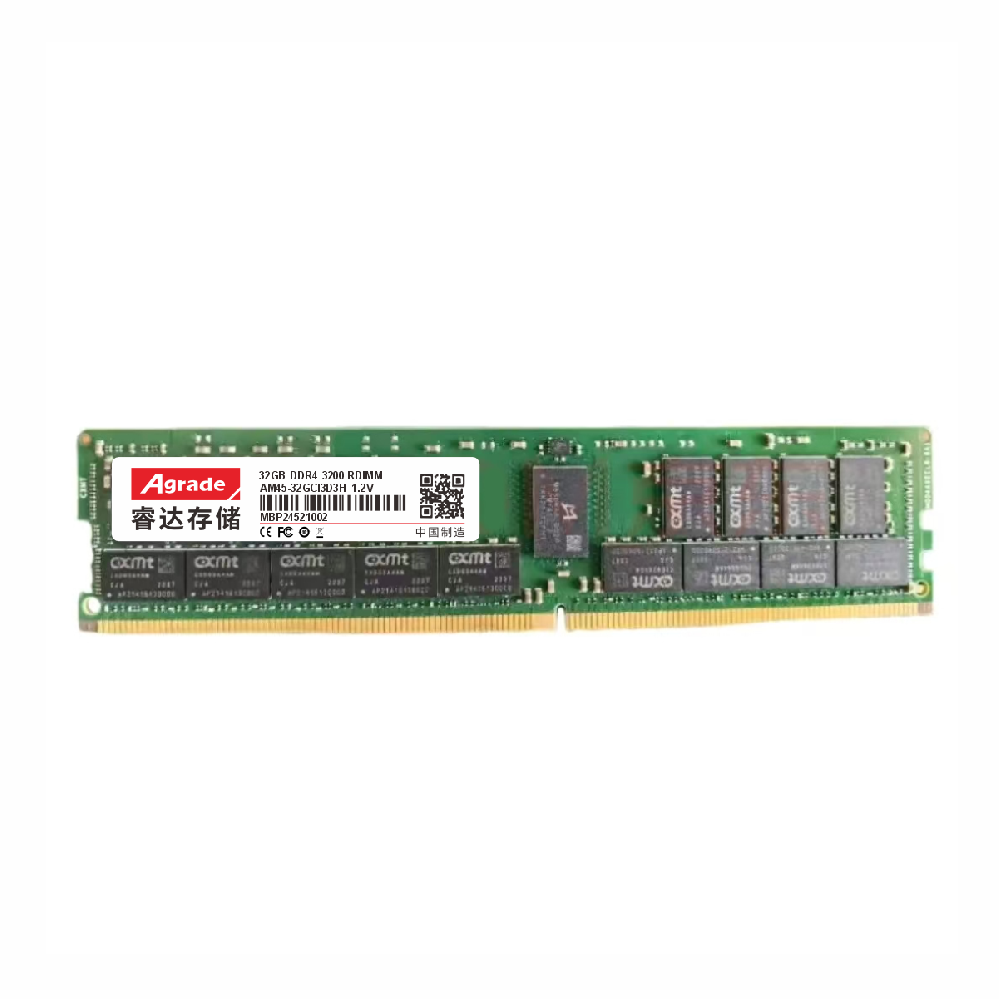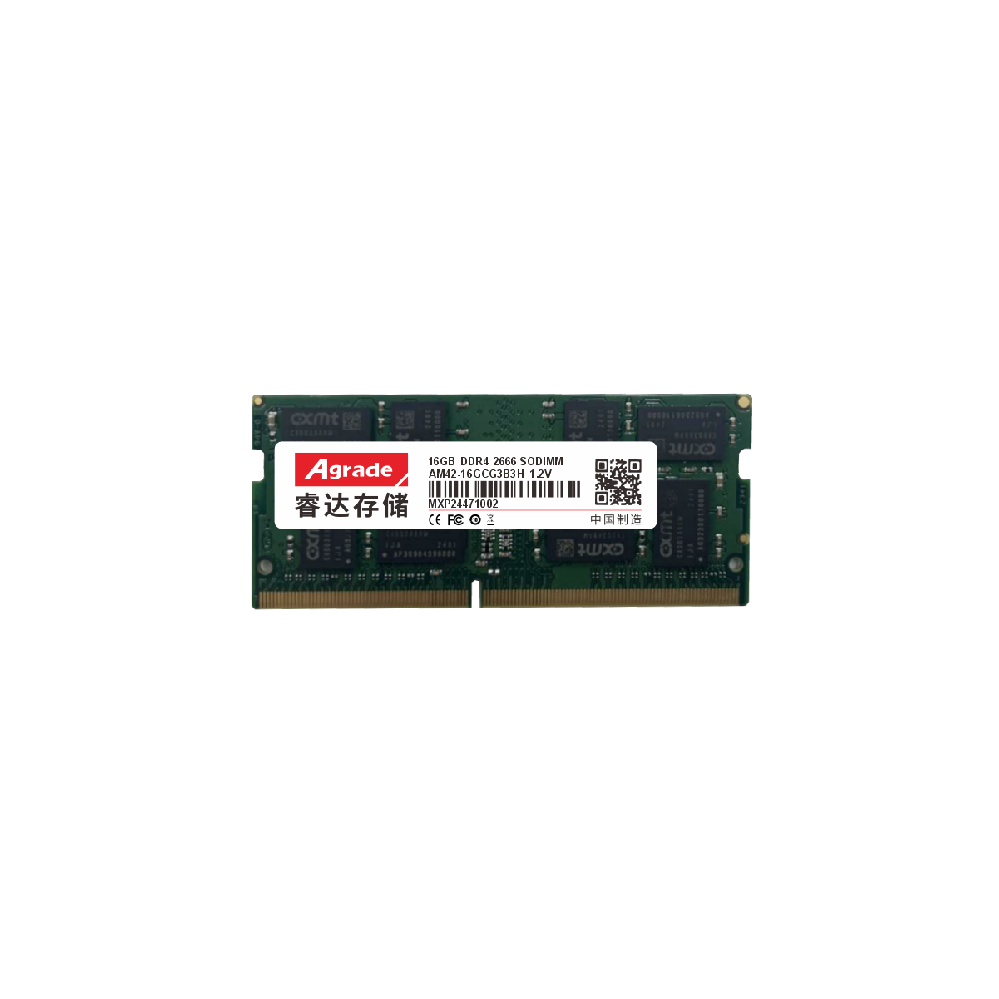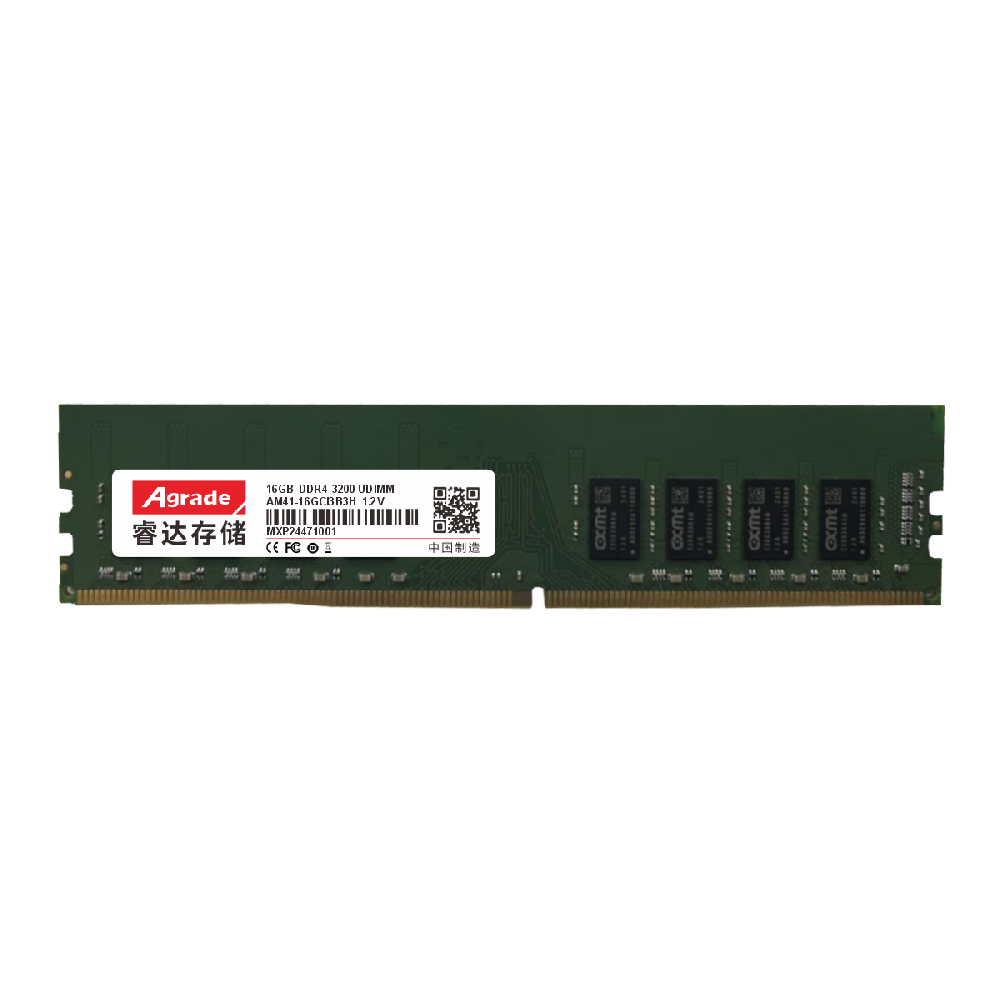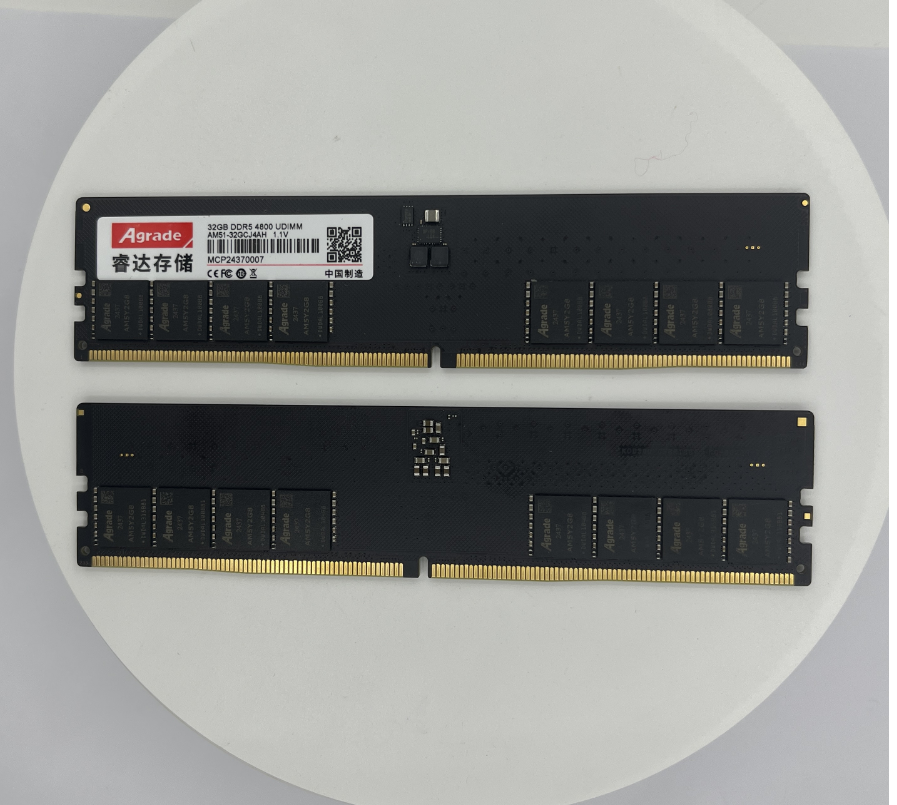

News
 电商部
电商部  2025-09-29 18:32:34
2025-09-29 18:32:34 Write life standard for industrial grade solid-state drives
The write life standard of industrial grade solid-state drives is usually measured by several key indicators, including total byte write volume (TBW) and daily disk write frequency (DWPD).
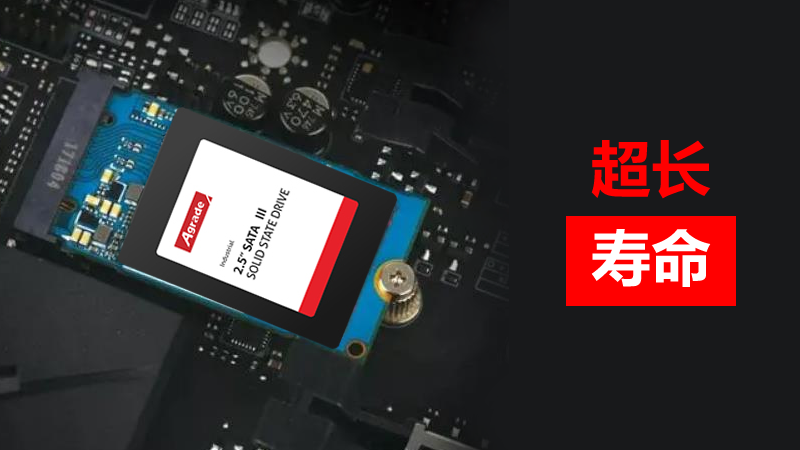
Total byte write volume (TBW):
TBW is an important indicator for measuring the lifespan of SSDs, which represents the total amount of data writes that SSDs can withstand during their lifecycle.
For industrial grade SSDs, TBW values are typically higher to cope with sustained high-intensity write demands.
Daily Disk Write Count (DWPD):
DWPD refers to the multiple of the amount of data that can be written per day during the warranty period, which reflects the durability and stability of SSDs under long-term use.
For example, an enterprise level write load of 5DWPD represents the ability to write 5 times the capacity per day, continuously for five years.
In addition, the write life of industrial grade solid-state drives is also affected by various factors, such as flash memory type, controller design, firmware optimization, and working environment. Generally speaking, industrial grade SSDs that use higher quality flash memory chips, more advanced controllers, and firmware optimization technology also have higher write life and reliability.
In the market, the write life standards for industrial grade solid-state drives of different brands and models will also vary. Therefore, when choosing, it is recommended that you choose an industrial grade solid-state drive with higher write life and more reliable performance based on your actual needs and budget range.
If you are interested in specific industrial grade solid-state drive products or need further advice and information, please feel free to let me know and I will provide you with more detailed answers.

